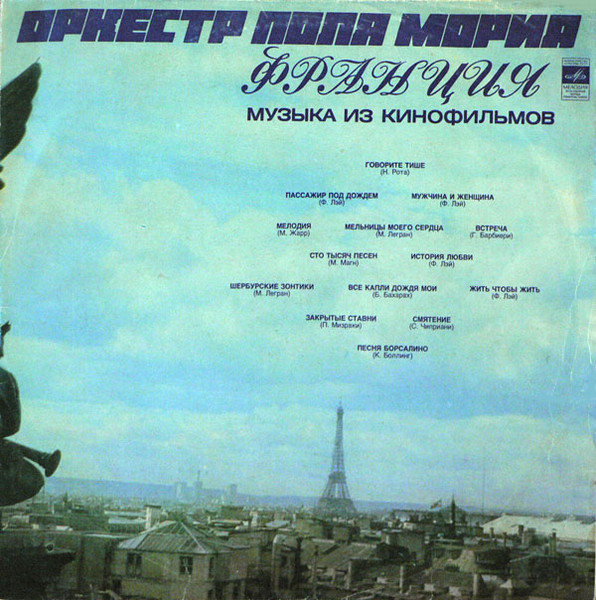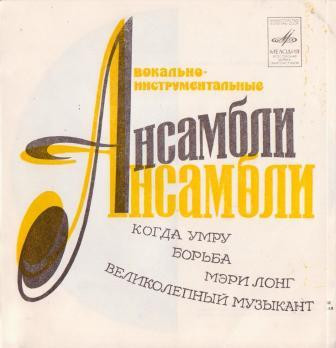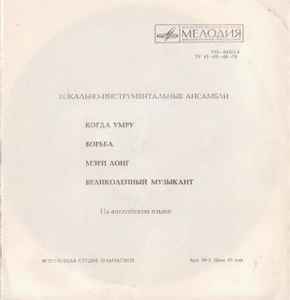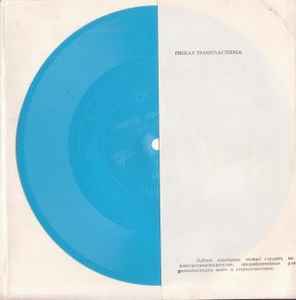The month of love, they say. I wonder why. Yes we do celebrate Valentine’s Day, in our own modest way, because 14 February is the birthday of our elder teddy bear. Isn’t he lovely?

This alone is enough to make February a month of love, but the month of love? Every month should be a love month, methinks.
- 1 February: Thania Gil @ Palacete Rodríguez Quegles, Calle Benito Pérez Galdós, 4, Las Palmas de Gran Canaria
- Opening the cycle «Amor de Febrero» — yes, lots of romantic stuff — were Thania Gil (vocal), Gema Barragán (bass), Jorge Granados (guitar) and Laura Márquez (percussion).
- 1 February — 17 March: «De Polo a Polo» @ Parque de San Telmo
- I already saw this exhibition in Santander, so it was like meeting an old friend.
- 4 February: El mercadillo y la muestra de artesanía y complementos @ La Aldea de San Nicolás
- We spent the weekend in and around La Aldea. On Saturday, there was a fiesta bang in the centre of the village (and, as it happened, just in front of the cottage that we were staying) with a market, chess tournament, live music by La muy Ilustre Playera y Tenderetera Tuna de la Universidad de Las Palmas de Gran Canaria and tribute to Camilo by Kevin Carballo. What we enjoyed the most was a “museum route” though. Well, the museums consisted of one or two rooms each, so we made a year’s dose of museums in an hour or so.
- Museo de la Medicina (Museo de Don Paco el Médico) — Museum of rural medicine
- Museo de la Barbería — Barber museum
- Almacén de Empaquetado de Tomates — Tomato packaging warehouse
- Museo de la Alfarería (Centro de Loza Adolfina Cubas) Pottery museum
- Museo de la Carpintería — Carpentry museum
- Museo de la Zapatería — Shoemaking museum
- Museo de la Escuelita. — Village school
- El Aula de Música — Music room
- 8 February: Enamora2 @ Palacete Rodríguez Quegles
- A quintet led by Misael Pérez (double bass) featuring Ángeles Pérez (vocals), Cristian Hernández (piano), Jorge Soroa (percussion) and Ricardo Yagüe (guitar).
- 11 February: «El sonido de las caracolas» @ Auditorio José Antonio Ramos, Parque Doramas
- Musicando is back! Almost four years later since their first visit to Las Palmas, Caracoles — this time as all-female Caracolas — came with a brand new show. Featuring Nuria Hernández (vocals), Mariluz Alonso (keyboards, accordion), Karina Martín Luis (percussion, vocals), Lola Medina (bass guitar), Aileen López (Spanish guitar, vocals) and Aborá Cel (violin, vocals).
- 15 February: Susana Lang-Lenton @ Palacete Rodríguez Quegles
- Susana Lang-Lenton (vocal, guitar) was accompanied by Carlos Meneses (double bass), Levi Moro Cejas (piano) and Suso Vega (drums). Mostly Spanish and Latin “romantic” standards, but also some originals and — suddenly! — for an encore, All You Need Is Love.
- 22 February: «Esencia de Boleros» @ Palacete Rodríguez Quegles
- Beautiful jazzy versions of classic boleros performed by Natalia Palacios (vocals), Augusto Báez (piano), Fofi Lusson (double bass), Totó Noriega (percussion,vocals) and Arístides Sosa Benítez (trumpet, flugelhorn).
- 15 December 2022 — 26 February 2023: «Holy Sugar» @ CAAM – San Antonio Abad,
Plaza San Antonio Abad
- A solo exhibition by the Gran Canarian artist Luna Bengoechea. The highlights (literally) include the candy glass sculpture Holy Sugar and Flavor, a set of ink drawings of plants (apple, Citrus, Laminaria japonica, peach, raspberry, strawberry and sugar cane) complete with UV-torches; when illuminated, the drawings of flavour molecules from these plants become visible.
It’s starting to warm up. I’m looking forward to March.


























